Are you fed up with trying to get rid of crabgrass in your yard? The task of eliminating this pesky weed can be tedious and time-consuming, but luckily, there may be help out there. In this blog post, we’ll look into the efficacy of using atrazine as a way to control crabgrass so that you can have a lush lawn without wasting resources trying to battle it with traditional methods. We will discuss how atrazine works on crabgrass eradication including its mode of action and the results from various studies conducted by notable institutions. We hope that after reading our research-backed article, you’ll have the knowledge needed to decide if using atrazine is right for your lawn!
Table of Contents
What Is Atrazine?
Atrazine is a type of weed killer that is used to control specific kinds of weeds such as broadleaf and grass weeds. It is typically used in crops like corn, sorghum, and sugarcane. It has been widely used since the 1960s when it was developed by Syngenta as an alternative to 2,4-D. Atrazine is a selective pre-emergent herbicide, meaning that it prevents germinating weed seeds from growing.
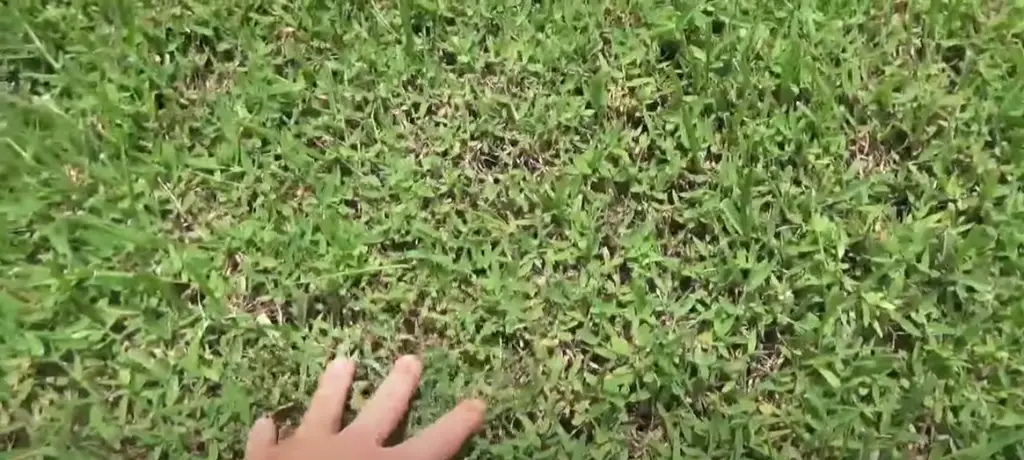
Does Atrazine Kill Crabgrass?
Atrazine is a commonly used herbicide that is effective against a wide variety of weeds, including broadleaf and grassy weeds like crabgrass. Atrazine interferes with photosynthesis in plants, blocking the enzyme that helps convert light energy into food energy. Generally, it has been found to be effective at killing crabgrass when applied properly.
Secondly, timing is important – it should be applied when the crabgrass is actively growing and before it has reached its maximum size.
Finally, be sure to always read and follow the product label instructions carefully to ensure proper usage.
Atrazine can be an effective tool for controlling troublesome crabgrass, however, overusing herbicides may have a negative impact on other plants in the area. Always use caution and discretion when using any type of pesticide or herbicide. If you have any questions about using Atrazine to control crabgrass, seek advice from your local garden center or plant expert. [1]
Other Weeds Atrazine Kills
Atrazine is an effective herbicide that can be used to control several different types of weeds, including crabgrass. This product can kill other common weeds found in lawns and gardens besides crabgrass, including goosegrass, barnyard grass, dallisgrass, annual bluegrass, foxtails, purslane, pigweed, and lambsquarter.
Atrazine can also be used to control many broadleaf weeds like clover and spurge.
It is important to read the product labels before application in order to ensure that atrazine is an appropriate choice for the particular weed problem you are trying to address. Proper timing and technique will help maximize the effectiveness of this herbicide against weeds like these.
Properly applied, atrazine can be a powerful tool in the fight against weeds and help to keep your lawn and garden looking its best.
When used as directed, atrazine is an effective choice for controlling weeds like crabgrass as well as other common lawn and garden weeds. By following instructions carefully, it can help you have a weed-free lawn or garden that looks beautiful all season long. [2]
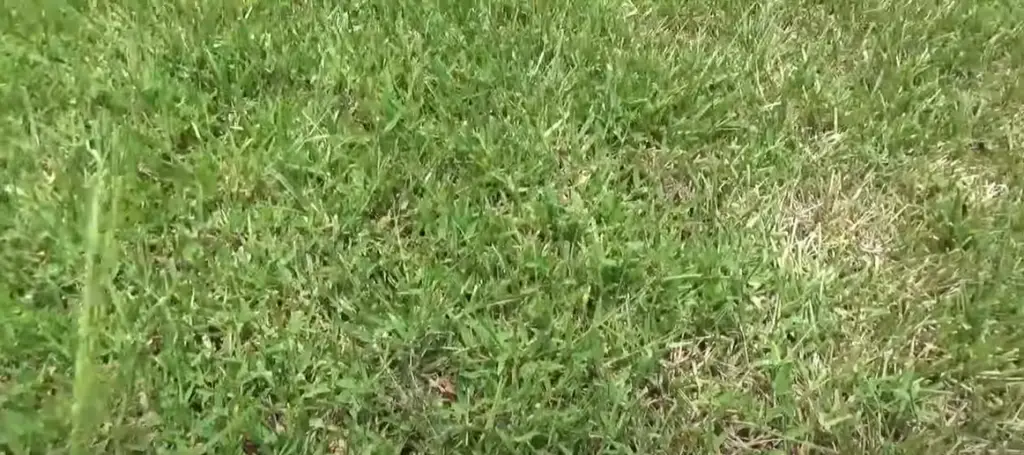
Is Atrazine Safe for Grass?
Atrazine is a popular herbicide used to kill crabgrass, but the question remains: Is Atrazine safe for grass? The answer is yes – when used responsibly. Atrazine can be effective in controlling crabgrass, but it must be applied carefully according to the product label instructions. When applied properly and at low rates, Atrazine will not harm desirable turfgrass plants. However, overapplication of Atrazine can damage or kill turfgrasses. Therefore, it is important to read and follow all label instructions before applying any herbicide to your lawn.
Atrazine is not only effective against crabgrass, but also many other weeds such as foxtail, dandelion and pigweed. However, since Atrazine has the potential to damage turfgrasses if applied improperly, using a less toxic herbicide may be a better option for controlling these weeds.
Can You Use Atrazine to Kill Bermuda Grass?
Atrazine is a popular herbicide used to control many broadleaf weeds, including crabgrass. However, Atrazine cannot be used to kill Bermuda grass. While some lawn care products contain Atrazine as an active ingredient, these are often labeled for use on specific weeds or grasses and should not be used on Bermuda grass. In fact, using Atrazine on Bermuda grass may cause unwanted damage to your lawn.
Is Atrazine Safe for Garden Plants?
Atrazine is a widely used herbicide commonly used to kill crabgrass and other invasive weed species. While it can be an effective tool for controlling weeds, its safety for use around garden plants is not always clear.
Atrazine is considered to be relatively safe for most types of garden plants as long as it is applied carefully according to the label instructions. However, research has shown that some ornamental plants may experience injury from atrazine applications. Additionally, if the amount or frequency of application exceeds what is recommended on the label, plant injury could occur.
It is important to note that atrazine can pose a risk to aquatic life when it enters bodies of water through runoff or leaching in soil. Therefore, it is important to use atrazine judiciously around garden plants and ensure that any runoff does not enter nearby streams or lakes. [3]
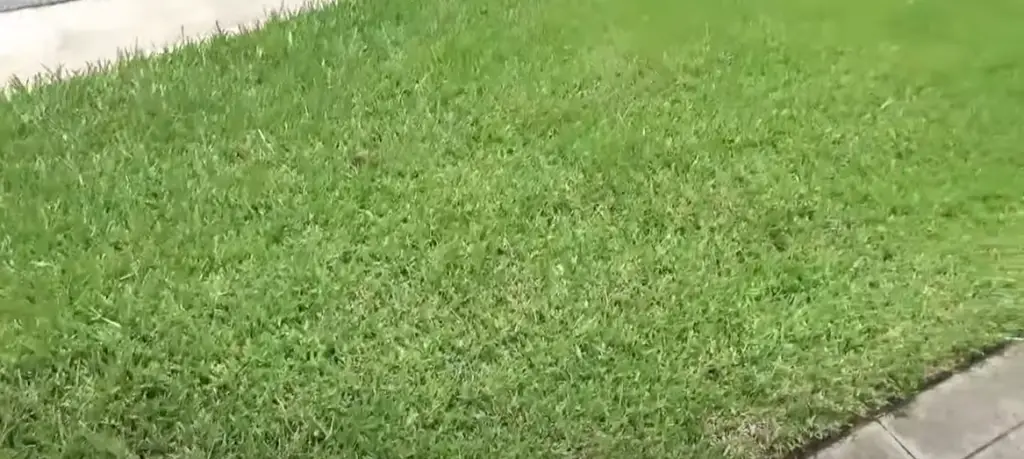
How Long for Atrazine to Work?
Atrazine has been proven to be effective in controlling and killing crabgrass. It works by inhibiting the growth of weeds, including crabgrass, and can begin to take effect within as little as a few days. However, due to factors such as weather and soil moisture content, it may take up to two weeks for atrazine to completely kill off all of the crabgrass in an area.
Therefore, it is important to continuously monitor the treated area over the course of several weeks following the application of atrazine. In addition, multiple applications may be necessary if recurrent outbreaks are experienced. In order to reap the full benefits from using atrazine as a herbicide, follow-up treatments should be applied every 4-6 weeks for the duration of the crabgrass season.
In summary, atrazine is an effective way to control and kill crabgrass infestations. Results may be seen within a few days but it could take up to two weeks for full effectiveness on a large scale. Multiple applications over the course of several weeks may be necessary in order to ensure complete eradication. Reapplying atrazine every 4-6 weeks will help maintain a weed free environment throughout the entire crabgrass season. [4]
How to Use Atrazine for Best Results?
Atrazine is an effective herbicide for eliminating crabgrass from lawns and gardens. To get the best results when using atrazine, proper application techniques should be followed.
For pre-emergence application of atrazine, you should use a spreader or sprayer to apply it evenly over your entire lawn or garden area. Be sure to read the label instructions carefully for the correct amount of product to use per square feet and follow the safety precautions listed on the label. You should also make sure that the soil temperature is above 55 degrees Fahrenheit before applying the pre-emergence treatment because cold weather could reduce its effectiveness.
Overall, following proper application techniques for using atrazine can help ensure that your lawn or garden will be free of crabgrass in no time! With these tips, you’ll be able to get rid of pesky crabgrass without harming your other plants or surroundings.

How Do You Clean Up Atrazine on a Lawn?
If you have accidentally spilled atrazine onto your lawn, the best thing to do is to clean up the spill as soon as possible. To do this, mix one part of liquid dishwashing detergent with two parts of water in a bucket. Use this mixture to gently scrub the area affected by atrazine. If any dead grass or weeds remain after you’ve cleaned the area, use a rake to remove them from your lawn.
Once you are finished cleaning up the spill, you need to water the area thoroughly for at least ten minutes. This will help to ensure that any remaining atrazine on the lawn is washed away and does not remain in your soil. Depending on how much of the chemical was spilled, you may want to consider having your soil tested for atrazine before reseeding or replanting the area.
Atrazine can have a severe impact on your lawn if it is used incorrectly. If you think that you may have accidentally spilled this chemical onto your lawn, it is important to take immediate action to clean up the spill and protect your plants from potential damage. Taking these steps now can save you time and money in the future. [5]
Is Atrazine As Powerful As Roundup?
Atrazine is a herbicide used for controlling weeds and crabgrass. Its active ingredient, triazine, works by inhibiting the photosynthesis of plants. But does it work as effectively as Roundup, another popular weed-killer?
Let’s start by looking at how Atrazine works on crabgrass specifically. When applied to the soil surface or mixed in water, Atrazine attaches itself to the leaves and stems of crabgrass and inhibits its growth. This process stops the plant from producing food through photosynthesis needed to survive. As a result, over time with continual application of Atrazine, the crabgrass will die off completely.
Now let’s compare this to Roundup (glyphosate). Roundup works a bit differently in that it is absorbed into the leaves and stems of weeds, including crabgrass. This absorption process kills the weed by interfering with their production of certain proteins essential for growth.
So which one is more effective? It depends on the situation. Since Atrazine is applied to the surface of the soil or sprayed directly onto weeds, its effectiveness can be hindered if rains occur shortly after application, washing away Atrazine before it has a chance to work efficiently. On the other hand, Roundup’s absorption-based approach means its effects will last longer despite rain or other environmental factors.
In conclusion, when considering whether Atrazine or Roundup is more powerful at killing crabgrass, the answer comes down to the environment and situation. Both are effective weed-killers, with Atrazine offering quicker results while Roundup is more resistant to environmental changes. [6]
FAQ
What kills crabgrass permanently?
Atrazine is an herbicide that is effective at killing crabgrass, however it may not provide permanent control. While the weed may be relatively easy to kill, new seeds may germinate in the area and cause a new infestation. Therefore, multiple applications of Atrazine are needed for long-term crabgrass control. Additionally, other measures such as mulching or using groundcover plants can help prevent future outbreaks of crabgrass.
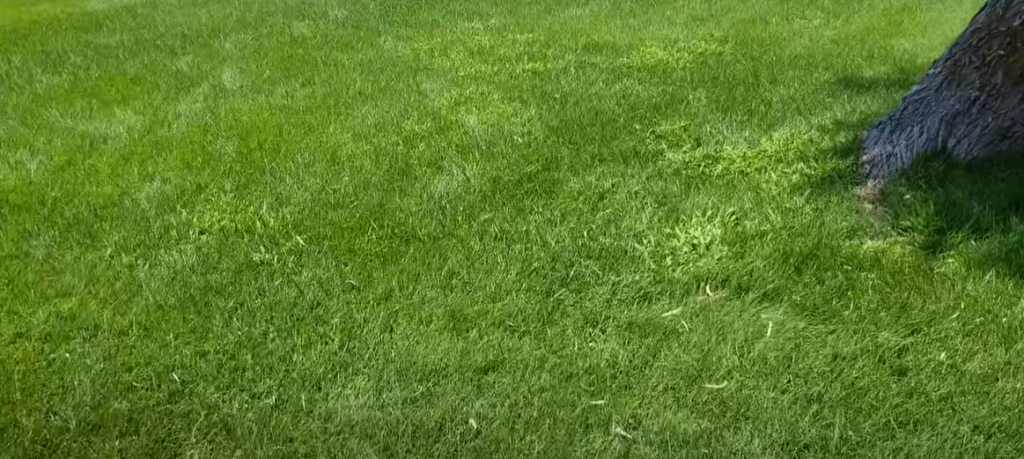
Does Atrazine work on all types of weeds?
No, Atrazine is designed to target annual grasses and broadleaf weeds. It will not work on perennial weeds that come back year after year. For these more persistent types of weeds, a different herbicide should be used.
Does Atrazine pose any risks to the environment?
Yes, Atrazine has been linked to a number of environmental issues including reduced diversity in aquatic ecosystems and decreased fertility in frogs. To reduce these risks, it is important to always follow label directions when applying this product. Additionally, consider alternative methods for weed control such as mulching or using groundcover plants.
Is Atrazine safe for use around pets?
Atrazine can be dangerous if ingested by pets and other animals so it is important to keep them away from treated areas until the product has completely dried. However, when used according to label instructions, Atrazine can be safely applied without putting pets at risk. It is also important to properly store and dispose of any unused product.
Can I use Atrazine to prevent crabgrass?
Atrazine can be used as a preventative measure, but it is more effective as a post-emergent treatment for existing weeds. As such, it should be applied only after the weed has already germinated and is actively growing. Furthermore, multiple applications may be necessary for long-term control.
How long does Atrazine take to work?
Atrazine typically begins to take effect within 48 hours of application, however it can take up to two weeks before full control is achieved. For best results, always follow label instructions when using this product. Additionally, mulching or using groundcover plants can help prevent new outbreaks of crabgrass.
What are the disadvantages of atrazine herbicide?
Atrazine is a non-selective herbicide, meaning it will kill any plant it comes into contact with. As such, care must be taken to avoid spraying onto desirable plants or turf grass. Additionally, the product may cause environmental issues if not used according to directions and can be dangerous if ingested by pets and other animals. Therefore, it is important to take all necessary precautions when applying Atrazine.
Does atrazine kill roots?
Atrazine is not known to kill crabgrass roots, however it can inhibit their growth. Atrazine works as a pre-emergent herbicide, meaning that it must be applied before the seeds of weeds and grasses have germinated. Once weeds or grasses have already germinated, they are much more difficult to control with atrazine since their root systems will already be established. Thus, while atrazine may not kill an existing crabgrass root system, it can help prevent future infestations if applied prior to germination.
Useful Video: How to Get Rid of Crabgrass (4 Easy Steps)
Conclusion
In conclusion, atrazine is not likely to effectively kill crabgrass. While the herbicide has a history of use in controlling broadleaf weeds like dandelions and clover, it does not work particularly well on crabgrass. In addition, its potential toxicity to humans and other wildlife makes widespread use of Atrazine unwise. Alternatives such as glyphosate and sulfometuron are more effective and less toxic options for controlling crabgrass. Ultimately, if you are looking for an effective way to control crabgrass in your home garden or lawn, Atrazine is probably not the best choice.
References:
- https://peppershomeandgarden.com/what-weeds-does-atrazine-kill/
- https://lawnmowerguru.com/does-atrazine-kill-grass/
- https://bestplants.com/what-does-atrazine-kill/
- https://obsessedlawn.com/what-weeds-does-atrazine-kill/
- https://www.evergreenseeds.com/what-does-atrazine-kill/
- https://www.ehow.com/facts_7894414_types-weeds-controlled-atrazine.html

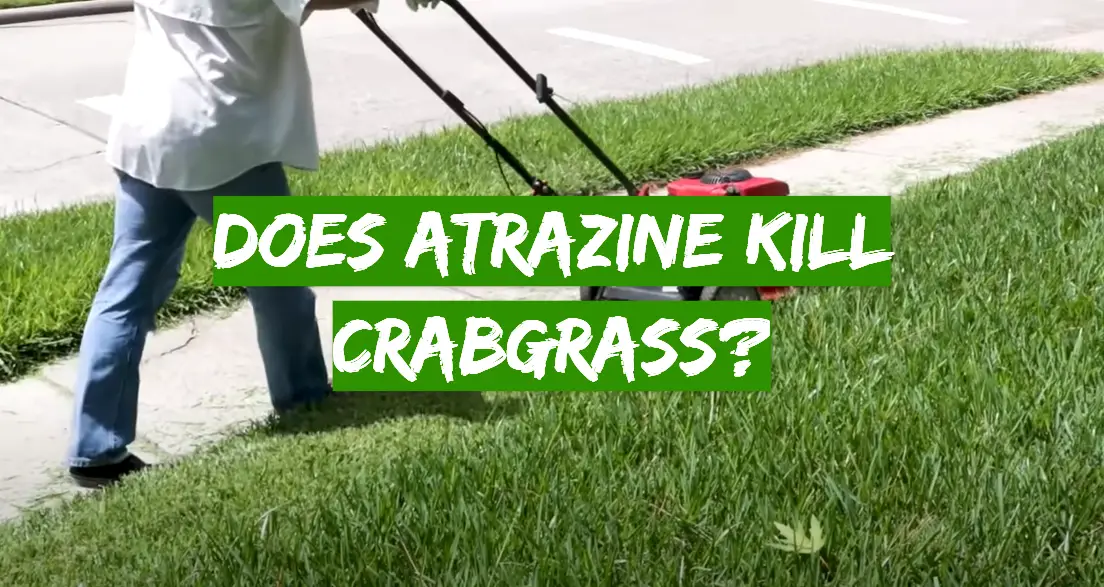


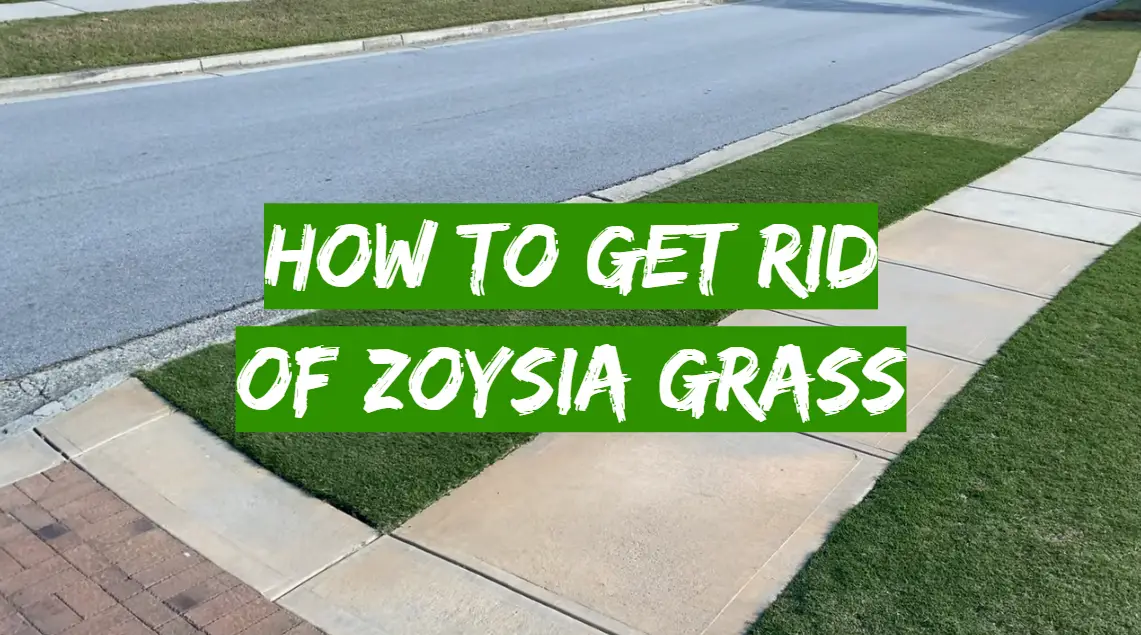
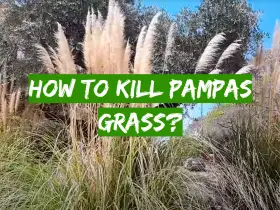

Leave a Reply
View Comments